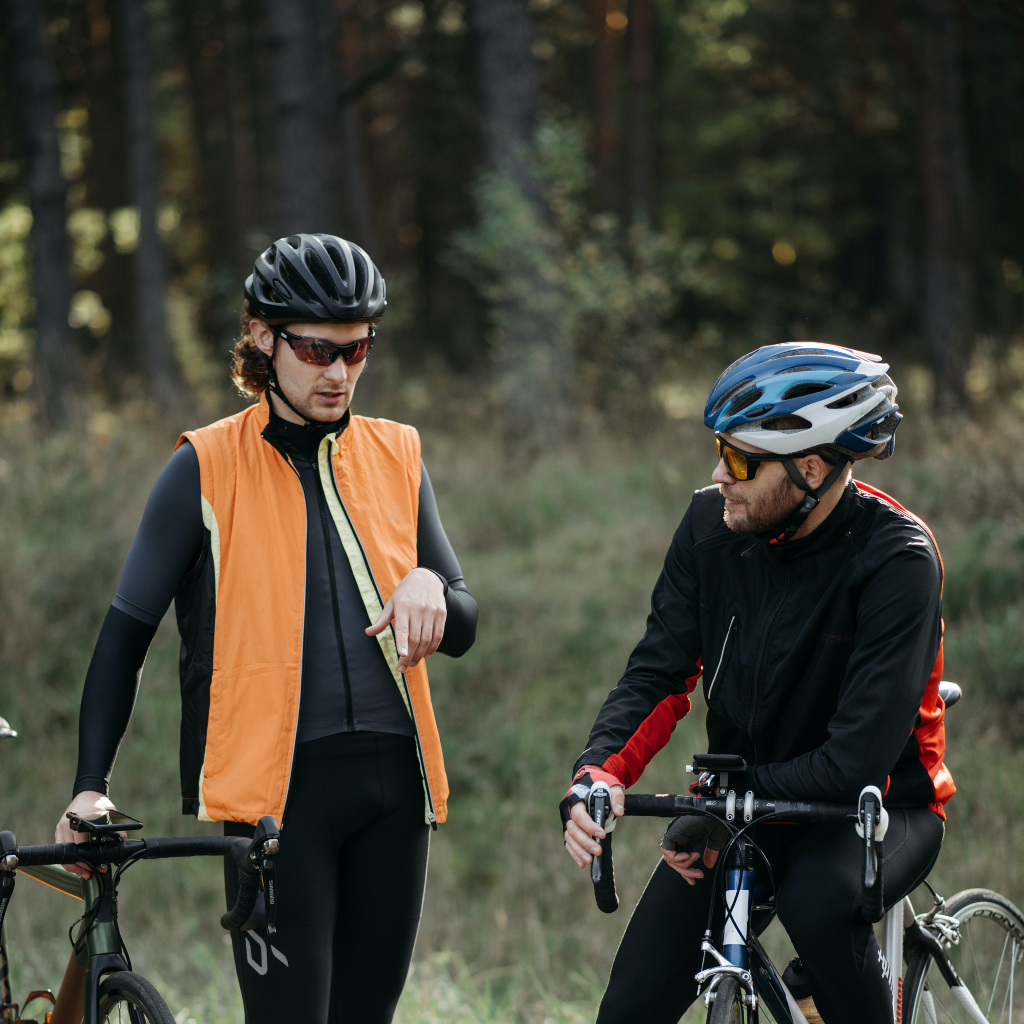Many people will tell you to buy a power meter when you ask them, "How do I start efficient training to ride faster?" But not everybody needs a power meter, so are there any other equipment than a power meter? It is a smartwatch with high accuracy heart rate monitor.
What is the use of a heart rate monitor smartwatch?
The heart rate monitor can be used to calculate your current riding intensity; if you used smartwatch with real-time heart rate monitor function in professional pros In the age without a power meter, the heart rate monitor was the main equipment for their training.
Heart rate is used to describe the cycle of the heartbeat, which is the number of times the heart beats per minute. Under normal circumstances, we divide the heart rate indicators into basal heart rate, resting heart rate, heart rate during exercise, and recovery heart rate after exercise. There are four types in total. Paying attention to it allows us to improve ourselves at a more suitable strength to achieve Better exercise effect.
Basal Heart Rate
Getting up in the morning for a few minutes is the morning pulse. Research is done using this heart rate in the morning to examine recovery from athletic training. Monitoring heart rates can indicate how our bodies recover from training. In general, when the body is in good health and the function of the body is in good condition, the basal heart rate is relatively stable, and gradually declines steadily with the improvement of training level. Basal heart rate tends to rise during overtraining and fatigue. For example, if your resting heart rate rises in the morning and does not recover for three days, this indicates that your training intensity is too high and the body is not fully recovered from the training. If it rises for more than 10 beats/min, this indicates excessive fatigue or disease. Basic heart rate provides a scientific basis for the timely adjustment of training intensity and volume by measuring the level of adaptation to training load before training.
The resting heart rate of endurance athletes may be lower refers to the performance of heart rate in a state of awake, inactive and quiet. Under normal circumstances, the ideal resting heart rate for ordinary people is about 55-70 per minute. There are obvious individual differences in the changes of heart rate at rest, and the heart rate of different people also may differ. Generally speaking, the heart rate of endurance sports (long-distance running, cycling, etc.) is lower than that of other sports. The top cyclist Armstrong's heart is 3/1 larger than that of ordinary people. His resting heart rate is 32 to 34 beats per minute, which is only half of that of ordinary men. This shows that the cardiopulmonary function is quite strong. The heart rate at rest should be compared before and after itself, and the training intensity and training volume should be distinguished, so as to provide a reference for the development of training plans suitable for different individuals.
During riding, when you try to climb a hill or chase a bus that is about to start, your heartbeat speeded up, causing difficulty breathing and a gasp for breath. The feeling at this time is intensity, but at this time you can tell how uncomfortable you are through your smartwatch, it is subjective.
Once you have a heart rate monitoring smartwatch, the device will tell you how many heartbeats you have in the process, and the device will not lie. Through the number of heartbeats, you can understand the intensity of this exercise.
Each exercise can be regarded as training. As a result of not being attentive to the recovery exercise, stress and fatigue will accumulate in the body, which over the long run will result in poor performance, fatigue, weakened immunity, injuries, etc. So proper rest is also very important.
Exercise heart rate in response to intensity
The main focus of the heart rate immediately after exercise and the average heart rate during exercise to understand the intensity of the exercise intensity and the athlete’s adaptation. Heart rate during exercise is divided into ultimate load heart rate, sub-limit load heart rate and general load heart rate. When the heart rate increases to a maximum during exercise, it is the maximum heart rate. The maximum heart rate will gradually decrease with age. The maximum heart rate is generally estimated. A simple calculation method is listed as a reference, that is, the maximum heart rate=208-(0.7x age). Of course, many books are different for this.
Heart rate monitoring device.
There are many devices that can detect heart rate during exercise, including heart rate belts, photoelectric armbands, and real time heart rate monitoring smartwatch. In addition, since the heart rate monitored during exercise is real-time heart rate, and veepoo's smartwatch support real-time heart rate measurement.
Reference: www.veepoo.net

